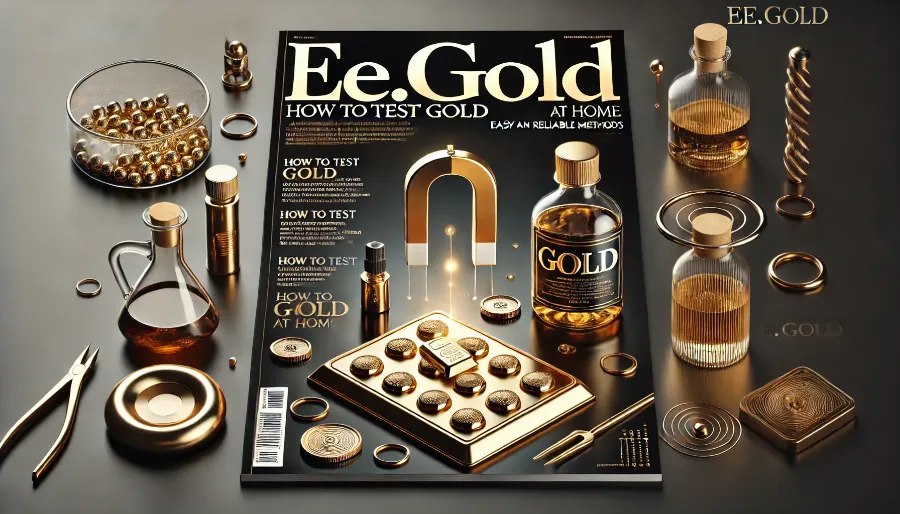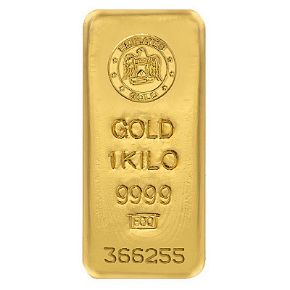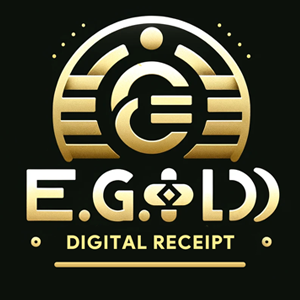
How to Test for Gold at Home
Gold is one of the most precious and counterfeited metals in the world. Whether you’ve inherited gold jewelry, purchased gold coins, or found an old piece you suspect might be valuable, testing for authenticity is essential. While professional testing offers the most accuracy, there are several simple methods you can use to test gold at home. This guide covers practical, affordable, and effective ways to check the authenticity of gold.
Why Test for Gold at Home?
Testing gold at home can save you time and money. It’s especially useful for:
- Quick checks on recently acquired gold items.
- Verifying the authenticity of inherited or secondhand gold.
- Preliminary evaluations before consulting a professional.
Tools You’ll Need
Before testing, gather these basic tools:
- A strong magnet (neodymium magnets work best).
- White vinegar.
- A bowl of water.
- An unglazed ceramic plate.
- A magnifying glass.
- A scale for weighing gold.
Methods to Test for Gold at Home
1. Magnet Test
Purpose: To determine if the gold item is magnetic.
Steps:
- Hold a strong magnet close to the gold item.
- Observe whether the item is attracted to the magnet.
Results:
- Real gold is non-magnetic and will not be attracted to the magnet.
- If the item sticks to the magnet, it likely contains magnetic metals like iron or nickel.
2. Vinegar Test
Purpose: To test gold’s resistance to corrosion.
Steps:
- Place the gold item in a small bowl.
- Pour white vinegar over it or apply vinegar with a cotton swab.
- Let it sit for 10-15 minutes, then rinse with water.
Results:
- Real gold will not tarnish or change color.
- Fake gold or gold-plated items may discolor or corrode.
3. Float Test
Purpose: To test the density of gold.
Steps:
- Fill a bowl with water.
- Gently drop the gold item into the water.
Results:
- Real gold will sink due to its high density.
- Fake gold or lightweight alloys may float or sink slowly.
4. Ceramic Plate Test
Purpose: To check the streak color of gold.
Steps:
- Use an unglazed ceramic plate.
- Rub the gold item across the surface.
Results:
- Real gold leaves a golden streak.
- Fake gold may leave a black or gray streak.
5. Scratch Test
Purpose: To reveal the material beneath the surface.
Steps:
- Scratch a small, inconspicuous area of the gold item.
- Examine the color of the metal underneath.
Results:
- Real gold is gold-colored all the way through.
- Fake gold may reveal a different metal, like copper or brass.
6. Weight and Size Comparison
Purpose: To compare the weight and dimensions of the item with official gold specifications.
Steps:
- Weigh the gold item on a scale.
- Measure its dimensions and compare them to those of authentic gold items of the same type and purity.
Results:
- Real gold matches the expected weight and size.
- Fake gold may be lighter or have inconsistent dimensions.
Tips for Accurate Testing
- Test multiple areas of the gold item, especially for jewelry or coins.
- Clean the gold item before testing to remove dirt or oil that might interfere with results.
- Perform several tests for more reliable conclusions.
When to Seek Professional Help
While home testing is effective for preliminary evaluations, professional testing is recommended for:
- High-value gold items like bullion or rare coins.
- Determining gold purity (karat levels).
- Resolving inconclusive home test results.
Professional methods, such as X-ray fluorescence (XRF) or acid testing, provide precise and definitive results.
FAQs About Testing for Gold at Home
Can I test gold without damaging it?
Yes, methods like the magnet, vinegar, and float tests are non-invasive.What’s the most accurate home test for gold?
The magnet and ceramic plate tests are simple and effective for checking authenticity.Does fake gold always fail these tests?
Some advanced counterfeits may pass basic tests, which is why professional evaluation is important.Is vinegar safe for testing gold?
Yes, vinegar is safe for real gold but may damage gold-plated items.Can gold-plated jewelry pass home tests?
Gold-plated items may pass some tests but fail others, such as the scratch test.Where can I buy tools for testing gold?
You can purchase magnets, ceramic plates, and scales online or at hardware stores.Can I test white gold at home?
Yes, but white gold alloys may react differently due to their composition.Should I test antique gold items?
Antique gold items should ideally be tested by a professional to avoid damage.How reliable are home gold tests?
Home tests are reliable for basic authenticity checks but may not detect advanced fakes.What should I do if I’m unsure about the results?
Consult a professional jeweler or gold expert for a definitive evaluation.
Testing for gold at home is a convenient and cost-effective way to check authenticity. By using these simple methods, you can verify your gold items and make informed decisions about their value and authenticity. For high-value or inconclusive cases, always seek professional testing for complete peace of mind.
Advantages of Testing Gold at Home
Testing gold at home provides several benefits, especially for those who want to verify their gold’s authenticity without the hassle of visiting a professional:
- Cost-Effective: Home testing saves money by avoiding professional testing fees.
- Convenience: You can test your gold items anytime without scheduling appointments or traveling.
- Quick Results: Most methods provide immediate or near-instantaneous results.
- Preliminary Evaluation: Home tests help you determine whether further professional assessment is necessary.
- Non-Destructive Options: Many methods, like the magnet and float tests, don’t risk damaging the gold.
Common Mistakes to Avoid When Testing Gold
- Relying on a Single Test: Perform multiple tests for greater accuracy, as individual methods have limitations.
- Damaging Valuable Items: Avoid scratching or using harsh chemicals on high-value gold pieces.
- Using Weak Magnets: Strong magnets, like neodymium magnets, are necessary for accurate results.
- Skipping Cleaning: Dirt or oils can interfere with test results, so clean items before testing.
- Ignoring Variations in Alloys: Gold alloys, such as 22K or 18K, may behave differently than pure gold in certain tests.
How to Care for Your Gold After Testing
After testing, proper care ensures your gold remains in excellent condition:
- Rinse Thoroughly: Remove any vinegar or other substances used during testing.
- Dry Carefully: Pat the item dry with a soft cloth to avoid scratches.
- Store Securely: Keep your gold in a protective case or cloth bag to prevent tarnishing or physical damage.
- Inspect Regularly: Check for any signs of wear or damage that could affect its value.
The Role of Gold Testing in Investment
For investors, gold testing is a crucial step in verifying the authenticity of assets like coins, bullion, or jewelry. With counterfeiting becoming more sophisticated, ensuring the legitimacy of gold items is vital to protecting your investment. Regular testing can:
- Build Confidence: Confirm that your gold meets purity standards.
- Ensure Market Value: Verified gold retains its resale value and market credibility.
- Prevent Losses: Detect fake or under-purity items before making significant investments.
Enhancing Accuracy with Professional Tools
For frequent gold testers or serious investors, investing in professional tools can provide more reliable results:
- Electronic Gold Testers: Devices that measure electrical conductivity to determine purity.
- Acid Test Kits: Solutions for identifying karat levels through chemical reactions.
- XRF Machines: Advanced tools that use X-rays to analyze the metal composition with high precision.
Combining Home Testing with Professional Assessment
While home testing is effective for quick checks, combining it with professional assessment is ideal for high-value or rare items. Professional evaluation provides:
- Definitive Purity Levels: Accurate karat measurements.
- Counterfeit Detection: Advanced techniques to identify fake items.
- Appraisal Services: Professional valuation for insurance or resale purposes.
The Future of Gold Testing
Technological advancements are making gold testing even more accessible and accurate. Innovations like mobile apps paired with digital gold testers or blockchain-based gold tracking systems are reshaping how we verify gold authenticity. These tools will likely become standard in the coming years, offering enhanced accuracy and convenience for both consumers and professionals.
Final Thoughts on Testing Gold at Home
Testing gold at home is a practical and empowering skill for anyone dealing with gold items, whether as an investor, collector, or jewelry enthusiast. By using a combination of simple and effective methods, you can confidently determine the authenticity of your gold. For high-value pieces or uncertain results, always seek professional help to ensure accuracy and peace of mind.
With the knowledge of these home testing methods and a commitment to thorough verification, you can protect your investment and enjoy the enduring value and beauty of gold.
NOTE
This Content is the copyrighted content of EE.GOLD. All rights are reserved. You are welcome to share or use our content only by including direct links to our website. Any other form of reproduction, distribution, or use without proper attribution is strictly prohibited.
This Content is intended solely for educational purposes. The information provided does not constitute financial or investment advice.
Please note that Digital Storage Receipt, Secure Storage Solutions, and Physical Gold Sales are the only services offered by EE.GOLD.
We strictly adhere to government regulations and are firmly against all illegal financial or investment activities globally.
For further inquiries, feel free to contact us through our official channels.










.png)

